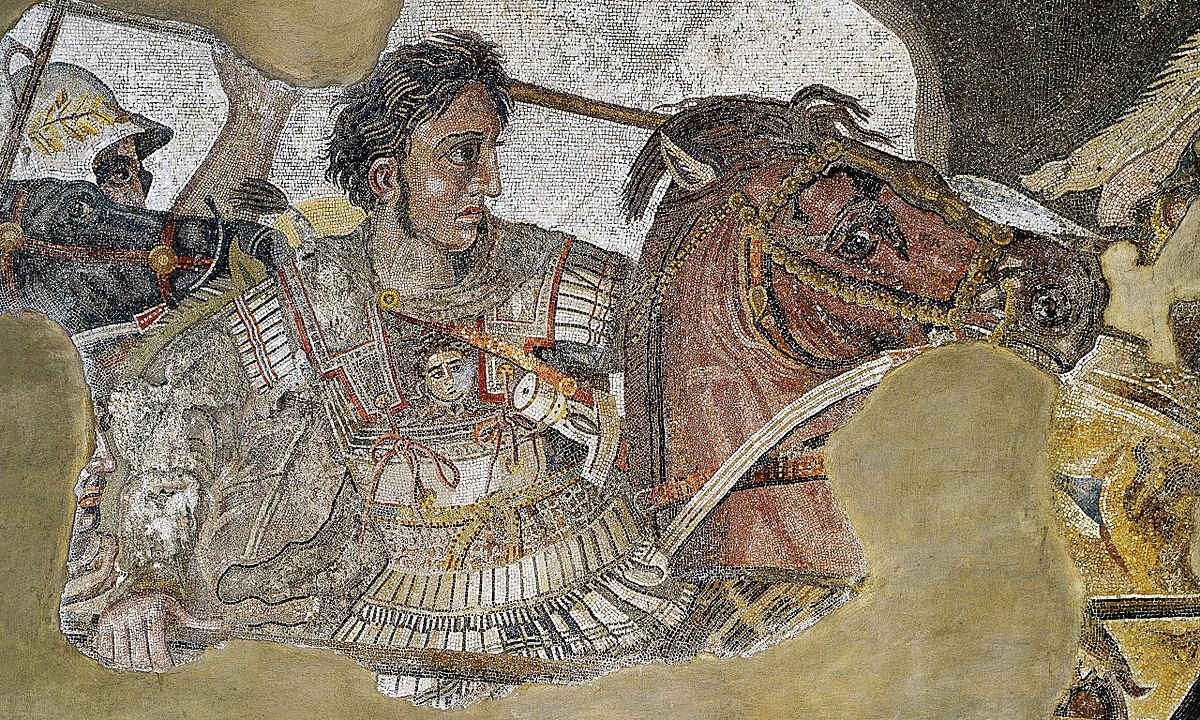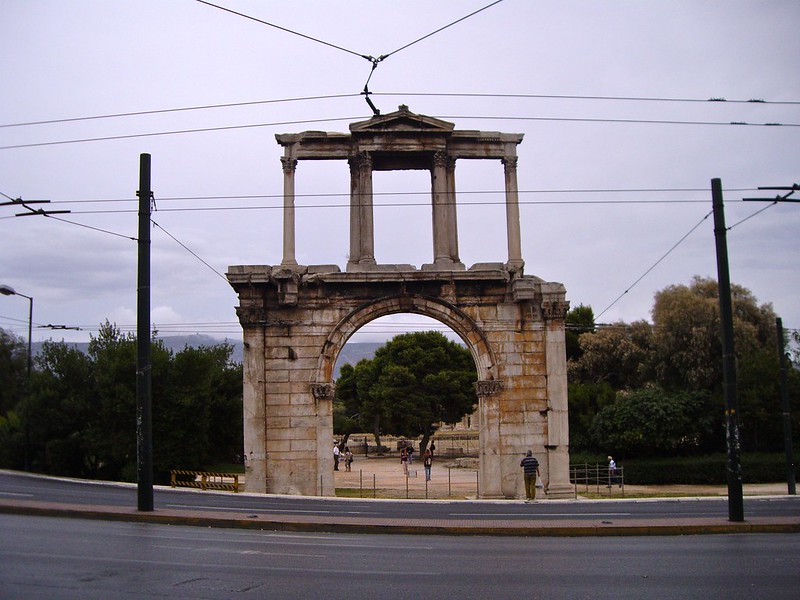The story of “Western civilization” is familiar: It begins in ancient Mesopotamia, reaches a peak in Greece, which, in turn, was supplanted by Rome. Marching ever westward, Western civilization reaches another apex in the modern period either in Great Britain or in the United States, depending on your Anglo-American point of view.
Familiar, and enduring, as it is, the story of Western civilization is a myth. It does political and cultural work for those who cling to it, but it does not faithfully convey the record of history. Among other things, in casting Athens as a rise and fall story, the myth relegates that city’s more interesting, complicated history to the margins.
Ian Worthington’s latest book, Athens After Empire: A History from Alexander the Great to the Emperor Hadrian, is, I think, best understood as an attempt to tell the history of Athens as it unfolds, not declines – and on its own terms and within its own context..

A view of the Athenian Acropolis.
Worthington is a professor of Ancient History at Macquarie University in Sydney, Australia, and specializes in the history of Hellenistic Greece. He has split his book into fifteen chapters, which move chronologically through Athenian history, from the beginning of Macedonian hegemony after the battle of Chaeronea in 338 BCE, through the wars of the successors to Alexander’s empire, and into Roman influence and then dominance, ending with the philhellenic emperor Hadrian (r. 117-138 CE).
(Two chapters are not chronological, but rather describe political and civic institutions and social and religious life, respectively. They are somewhat awkward waystations, though, and their contents should have been integrated into other chapters).
As a narrative political history, Athens After Empire is light on argument and analysis. Worthington does not get bogged down in quarreling with other scholars or parsing language. The book’s argument is simple and emerges through the narrative: Athens did not decline after the classical period, and its history in the Hellenistic and Roman periods shows its remarkable resilience and flexibility.
There are a few main trends that Worthington tracks across this chronology. First, Athens held fiercely to the possibility of freedom, and it took centuries for this attitude to change. Athens revolted many times over this period, often in strategic moments of confusion for those who ruled the city, including after the death of Philip in 336 BCE, after the death of Alexander in 323 BCE, and mysteriously, the year before Augustus’ death in 14 CE.

Athens successfully gained independence a few times, as in 221 BCE, after the death of Antigonus III. Failed attempts at insurrection or choosing the losing side could be punished harshly, as when Sulla sacked the city in 86 BCE for supporting Mithridates against Rome. As Worthington writes, “no one could accuse the Athenians of ignoring any opportunity, no matter how improbable, to return to their ancestral freedom.”
At other times, Athens cultivated strong diplomatic ties with powers like the Ptolemaic kingdom and Rome, with whom it allied early. When, after a revolt or a diplomatic misstep, Athens hosted and honored Mark Antony before his defeat at the hands of Octavian, Athenians smoothed things over through practices like erecting honorary statues, granting citizenship, and inducting people into the Eleusinian mysteries.
Throughout this period, the city maintained an outsized reputation as a cultural and philosophical center. Worthington emphasizes the importance of the “philosophers’ embassy” to Rome in 155, which piqued Roman interest in tourism and education there. Roman aristocrats also, ironically, funded necessary reconstruction after Athens was damaged by the Sullan sack of 86 BCE.
Hadrian’s rule was also pivotal for Athens because he established the panhellenic league and made Athens its capital. This facilitated even more tourism and diplomacy, and because Hadrian also strengthened the philosophical schools’ independence, Athens became a true second city in the Empire in the second century CE.

This monumental arch in Athens was constructed by Hadrian in 131/2 CE. Image by Ben Lopatin.
The material flows of art and architecture between Athens and Rome poignantly illustrate Athens’ complicated relationship with the rest of the Mediterranean world. Most of the monumental building and reconstruction in Athens during the Roman period was actually funded by Romans, from Julius Caesar to Hadrian, who patronized Athens as both a provincial city and a culturally symbolic center. This generosity toward Athens was offset, however, by the looting of countless Greek artworks brought to Rome for display.
There is evidence, however, that Athenians took subtle action against the looting by removing and reconstructing classical temples from the countryside and placing them in the Roman Agora, creating a kind of open-air museum. They also took classical statues of mythic and historical figures and rededicated them to prominent Romans. Worthington suggests that in both cases, “the Athenians were protecting their artistic heritage.”
In these examples, we can see how the history of Athens after its empire cannot be explained as a melodramatic decline or as the inevitable submission to Roman power. Rather, Athens’ continuing importance, and Roman recognition thereof, created a new set of interesting and enduring dynamics.
While it does not break much new scholarly ground, Athens After Empire is a successful and clear narrative history. It is recommended to general readers especially because of the way its argument subtly shifts the focus from the grand meta-narrative of western civilization. Change is not the same as decline, Worthington reminds us, and imagining Rome as the successor to Athens’ philosophy and art only makes sense if Athens continues to be part of the story.
